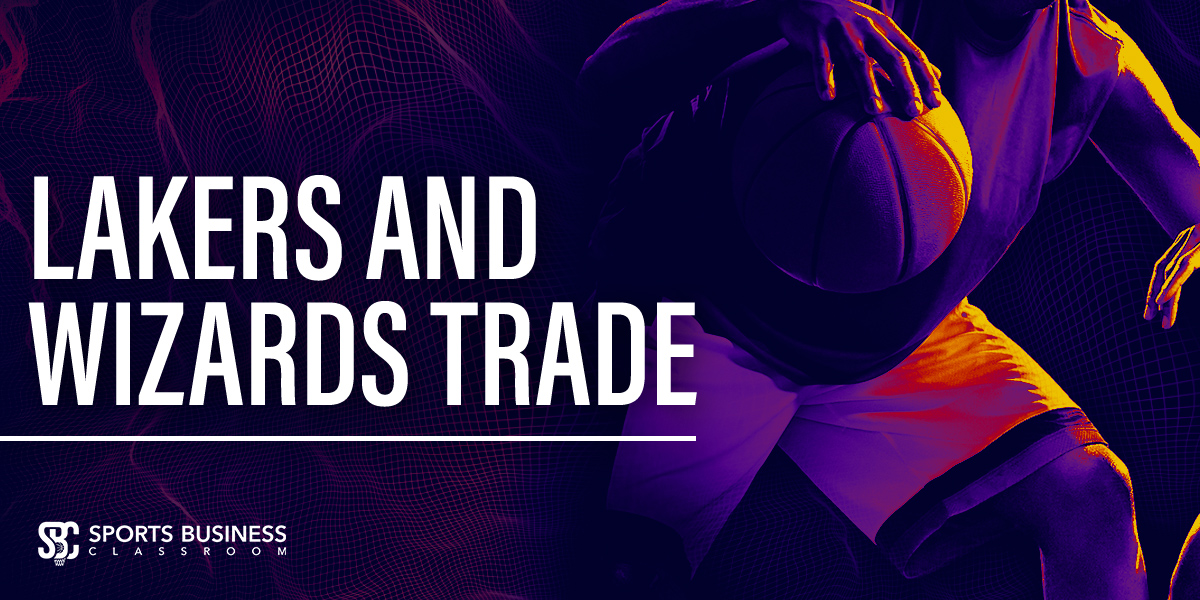
The NBA saw its second trade since the start of the 2022-23 regular season on Monday, with the Washington Wizards sending Rui Hachimura to the Los Angeles Lakers for Kendrick Nunn and three second-round picks.
Every trade tells a story. What are the nuances of the two-player swap? What were the salary cap mechanics? What long-term implications could it have, specifically for the Lakers?
Lakers’ Side of the Trade
The Lakers are over the NBA’s $150.3 million luxury tax threshold, limiting the franchise to salary matching at 125 percent (plus $100,000) of Nunn’s $5.25 million salary.
That total of $6,662,500 was the simultaneous traded player exception (S-TPE) for Nunn, large enough to take in Hachimura’s $6,263,188 salary. The balance of an S-TPE expires immediately upon completion of the trade.
L.A. also included a 2023 second-round pick via the Chicago Bulls. The selection initially came to the Lakers from the Wizards in the Russell Westbrook trade, but Washington had acquired it from Chicago in the Otto Porter Jr. swap.
The Lakers also had the Wizards’ 2028 second-rounder for Westbrook, subsequently trading swap rights to the Orlando Magic (for Max Christie)—the Magic getting the higher between the Wizards and their own second. Now, via the Hachiujmra trade, Washington gets back their pick post-swap with the Magic (the lower of the two).
Finally, Los Angeles sent its 2029 second-rounder to Washington.
Magic’s Side of the Trade
Before the last deadline, the Wizards sent Montrezl Harrell to the Charlotte Hornets, generating a $5,220,900 non-simultaneous traded player exception (NS-TPE), or what we normally call a “trade exception.” When a team receives less salary than they send out in trade, that typically generates an NS-TPE (good for one year) for the difference.
Teams can pad an NS-TPE by $100,000 to take in a player, which, in this case, was just enough ($5,320,900) for Nunn’s $5.25 million.
From the Wizards’ point of view, the team traded Harrell for Nunn and Hachimura for a player to be named later with a new NS-TPE for the entirety of Hachimura’s $6,263,188 salary (expiring on 1/23/24).
Washington didn’t send out any draft considerations. The trade wasn’t official until both players cleared physicals.
Future Concerns for the Lakers
Hachimura, the No. 9 pick in the 2019 draft, will be a restricted free agent once the Lakers issue a qualifying offer before the end of June.
While he has a scale qualifying offer of $8,486,620 (based on draft position and salary), Hachimura isn’t likely to reach the starter criteria designation that requires 2,000 minutes played and 41 starts (either in the most recent season or the average of the two before free agency).
Assuming he doesn’t (he’d need to average roughly 38 minutes for the rest of the season without missing a game), his qualifying offer will dip to $7,744,600. But that’s more of a nuance of the collective bargaining agreement, as his cap hold for the Lakers will be $18,789,564 regardless. That’s 300 percent of his expiring salary and the amount of cap space Hachimura takes up as a free agent with full Bird Rights. With his rights, the Lakers can re-sign him up to a maximum salary.
Regarding draft compensation, the Lakers still have their own 2023, 2025 and 2027 second-round picks. The team also has the lower second-rounder in 2024 from the Memphis Grizzlies and Wizards (via a series of trades including Brandon Clarke, Admiral Schofield and Westbrook).
The Lakers could face complications protecting its 2029 first-round pick with no 2029 second. Because of the seven-year rule, L.A. cannot protect 2029 with a 2030+ pick.
But that doesn’t mean it can’t find a way to protect 2029. The Lakers can trade up to $6,363,000 this season, conveying cash instead if the pick ends up too high in the draft (perhaps top-5, 10, 14, etc., whatever is negotiated).
For example, Los Angeles could send a 2029 first, but if it ends up a top-10 selection, the team in question will get $6.4 million instead of a pick. That assumes the trade partner can take in $6.4 million, as there’s a maximum in both sending and receiving based on the current calendar season.
Another path would be the Lakers acquiring another team’s 2029 second-round pick and using that as protection against their own first.
Or, L.A. could try to protect it via two different second-round picks. For instance, the team could send a second (2025 in this example) with its 2029 first, receiving back a 2029 second from the trade partner. If the 2029 first’s protections kick in (say top-10), then that 2029 second would revert to the original team.
In other words, the Lakers send a 2025 second and 2029 first while getting back a 2029 second. If protections kick in, L.A. keeps the first and loses the 2029 second.
That assumes the trade partner is willing and has an available 2029 second. If so, it’s a viable path, though certainly more complicated, by the pick sent to the Wizards in the Hachimura trade.
Email Eric Pincus at eric.pincus@gmail.com and follow him on Twitter @EricPincus.



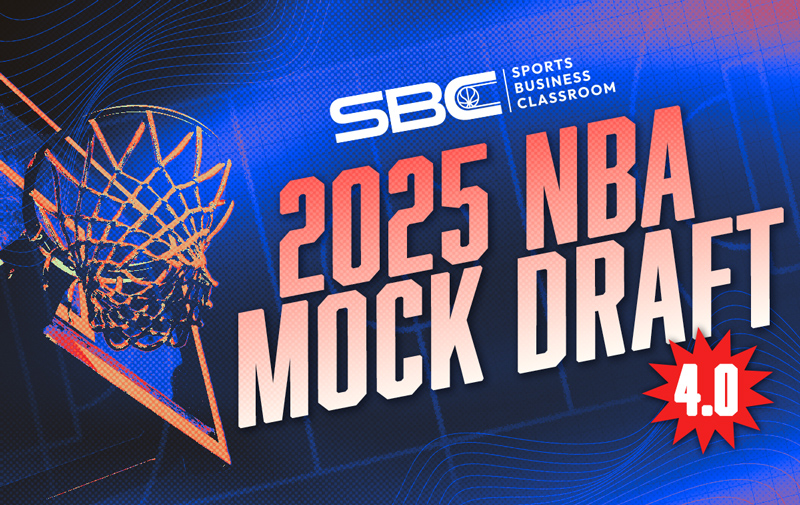
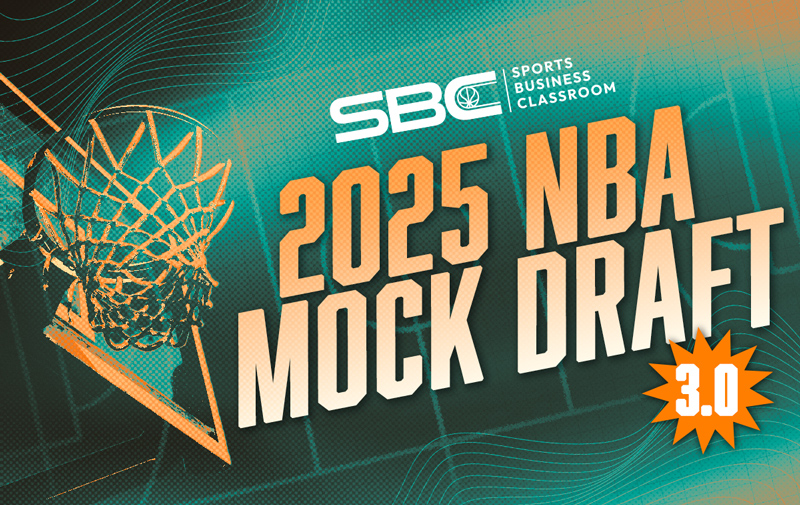
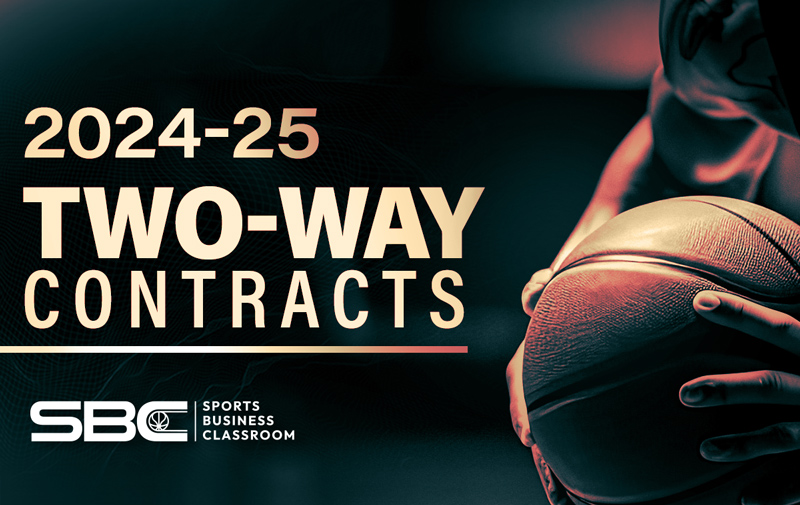
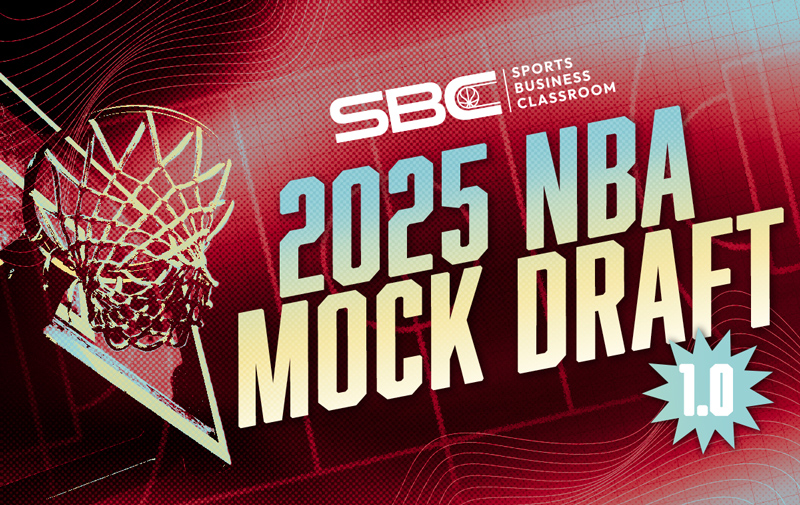
Leave A Comment